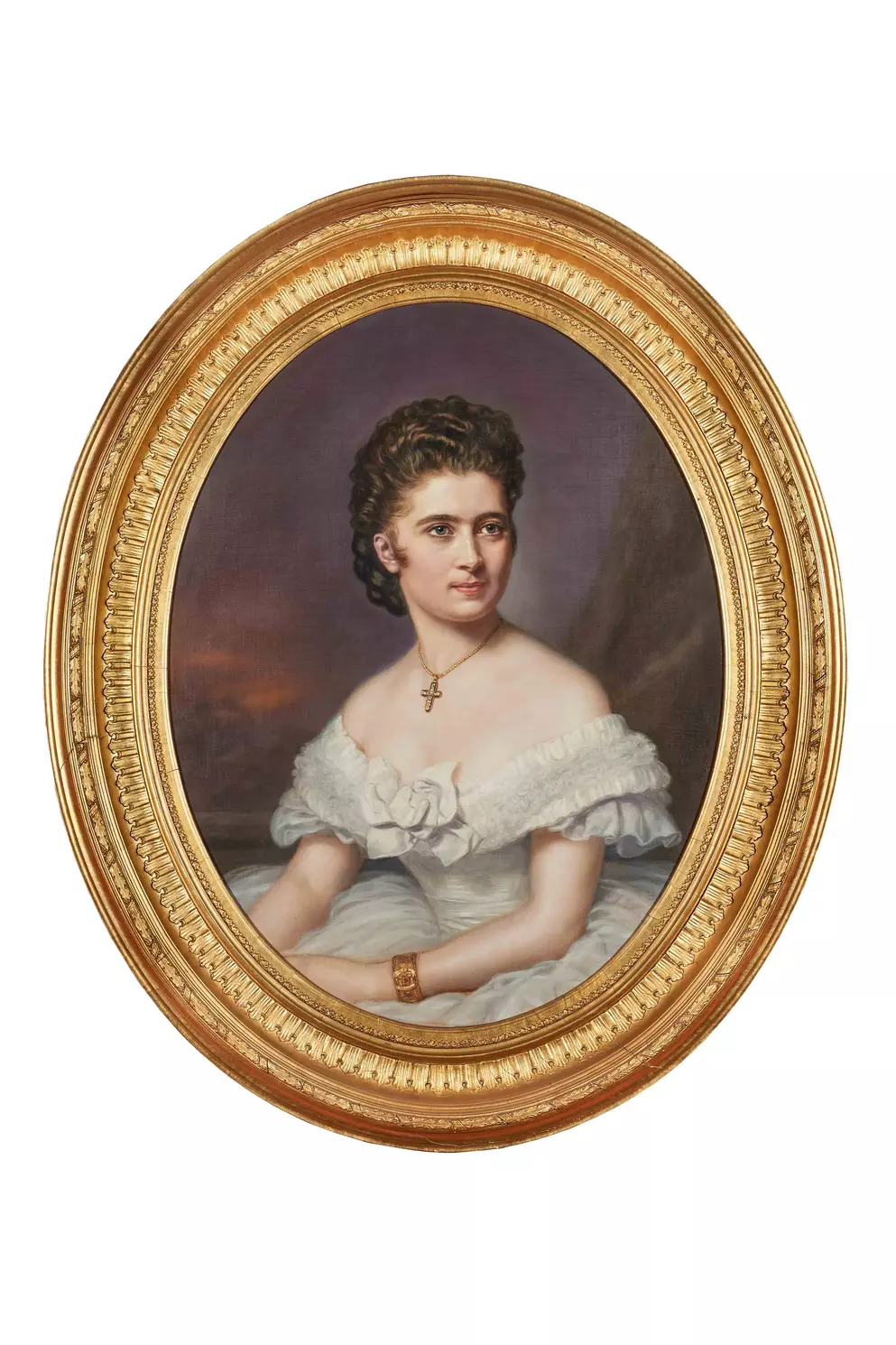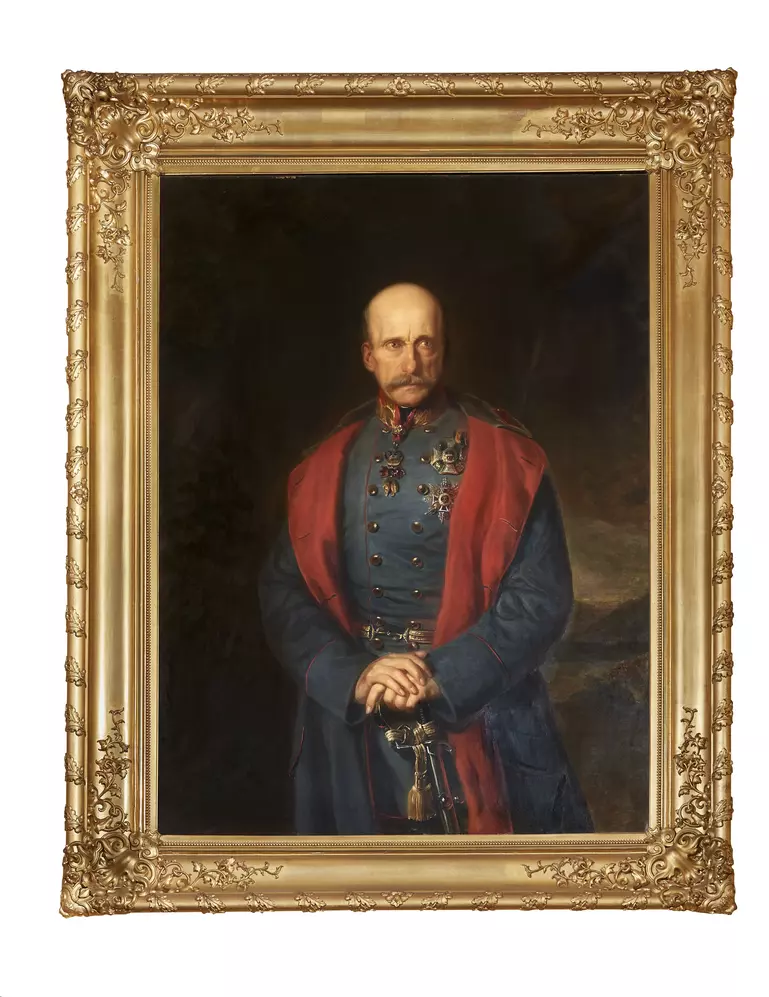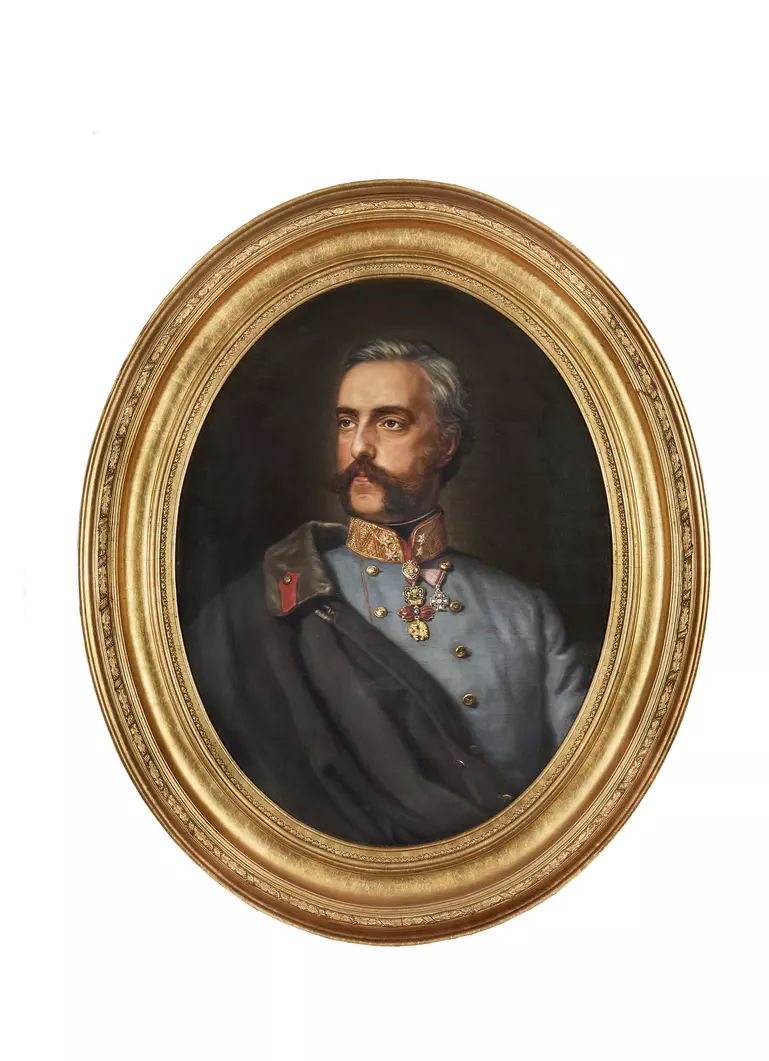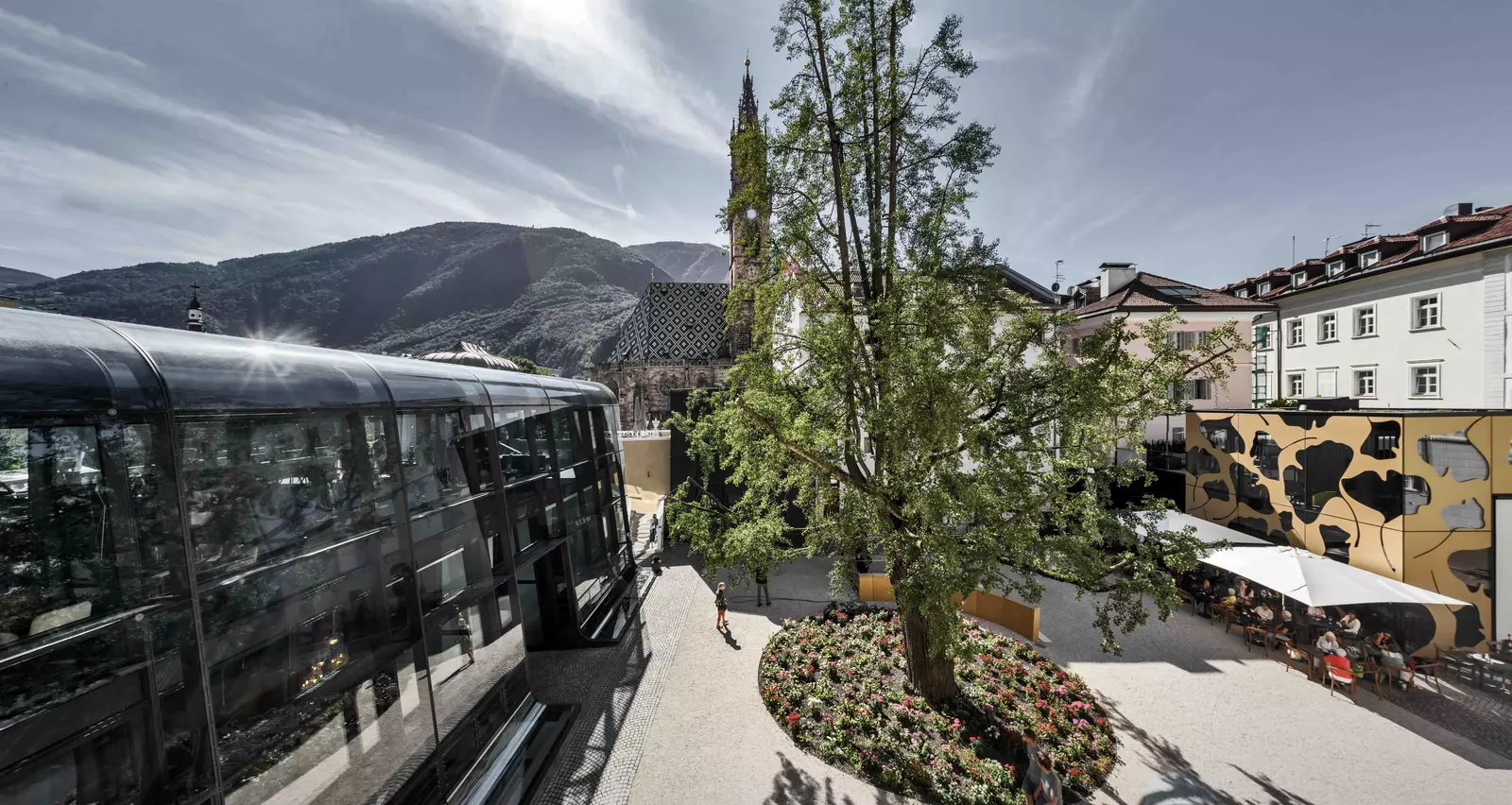Originally, what is now Palais Campofranco used to be a collection of buildings known as the “old” and the “small” Palais. The latter consisted of three simple houses, located in the via della Mostra street numbers 3, 5 and 7. In 1342, Heinrich Botsch – who had just been ennobled as Botsch von Zwingenburg – had the buildings converted into a palace as a tangible sign of his power and prestige.
The Botsches were a rich family of customs and saltworks tenants from Florence, who relocated to Bolzano in 1278. They later became merchants and moneylenders, to the extent that even sovereigns often turned to “the faithful Botsches” for financial matters. After the Botsch family died out in 1637, the palace remained in the possession of nobility until 1764, when Franz von Mayrl, who belonged to a wealthy and charitable local family, had it rebuilt as a baroque palace.



